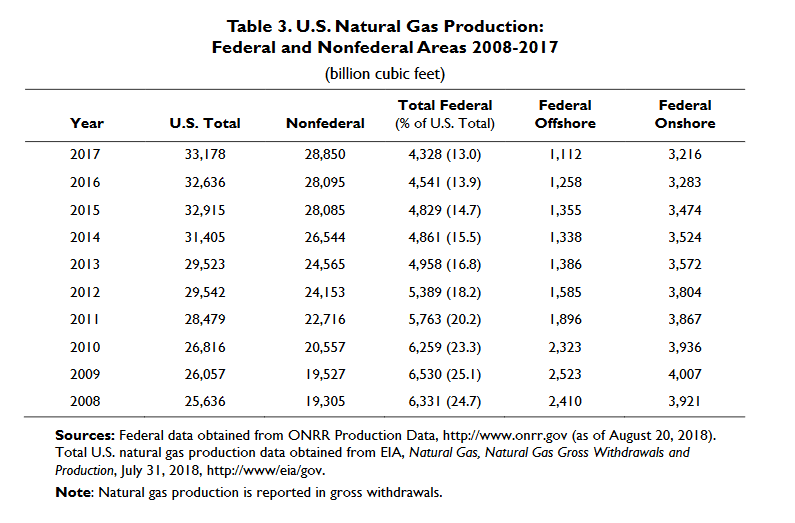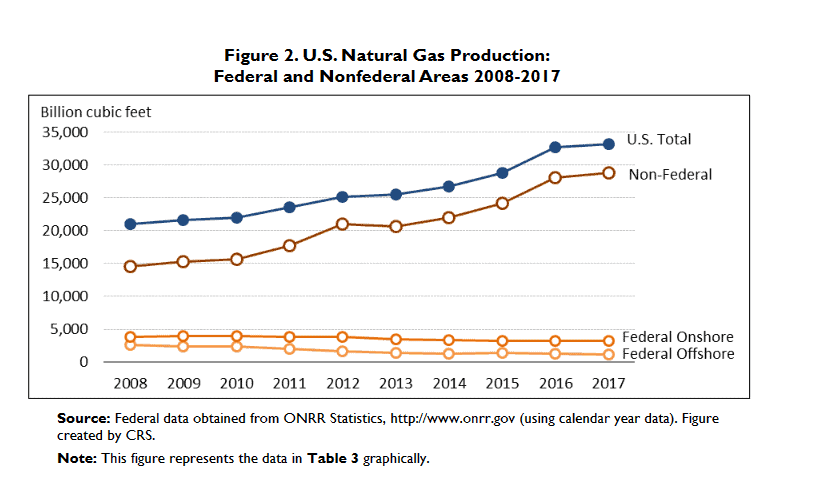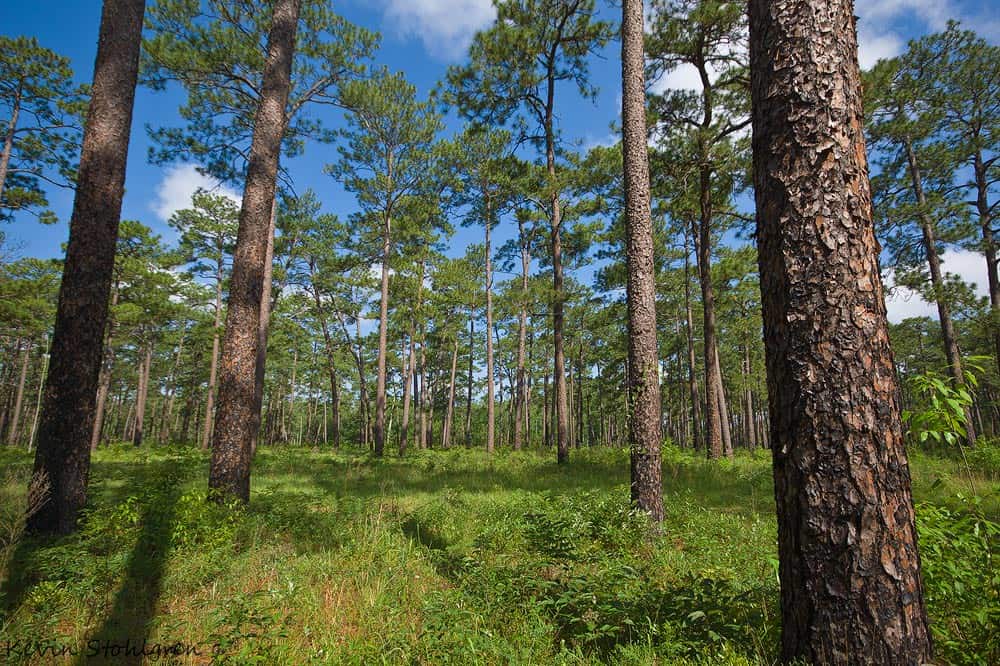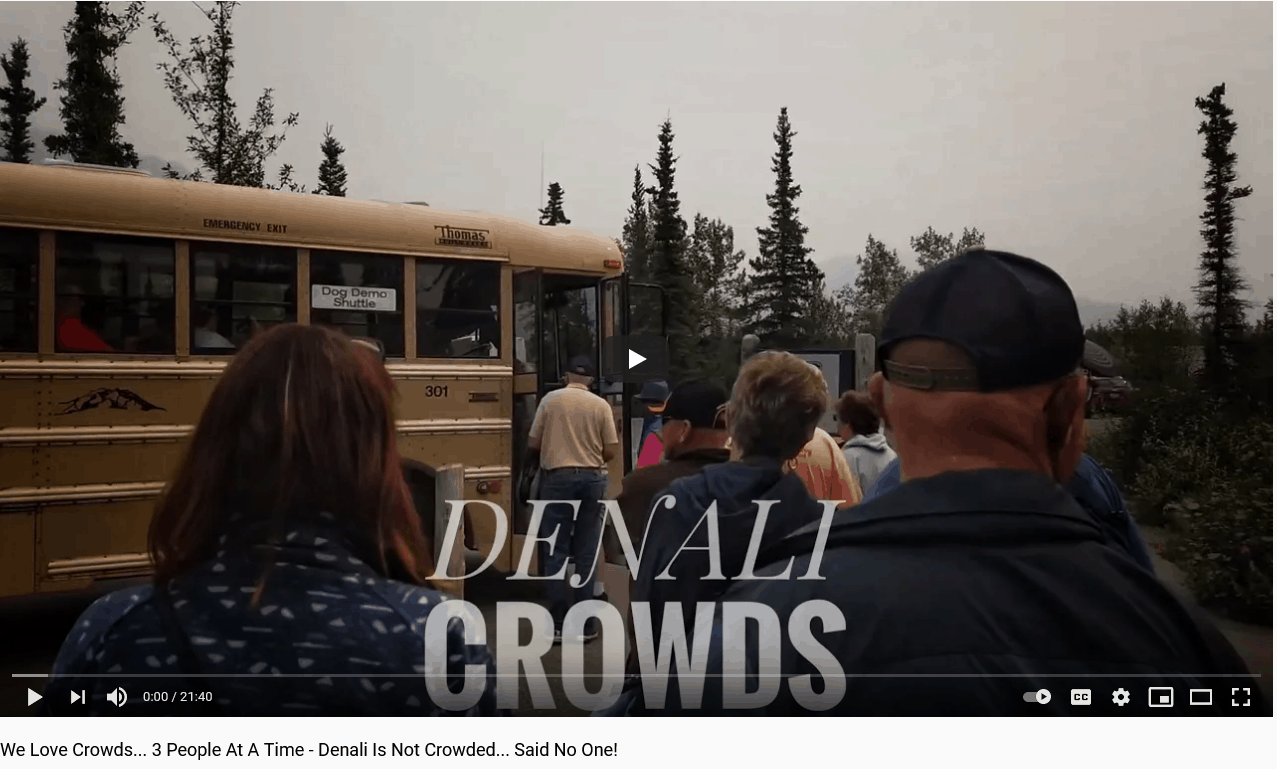Many of the “framings of the decarbonization argument” are implicit and not explicit. So I thought I’d mention a few I ran across, one that Rebecca Watson put in a comment yesterday, and open it up to others. As I tell people about spiritual things… you get to pick your own path.. same thing with framings, everyone gets to pick their own framing. A test of success is whether your framing is more successful at leading to carbon reduction in the real world. To do that, it could be argued that the best framing would lead to building coalitions that are successful at moving the decarbonizing ball down the field. All ultimately political (at all governmental levels), and not particularly moral, judgments. To “work for” climate change can be posed as a moral question (by Pope Francis and many others), but deciding what proportion of what energy source to use, where, in the short and mid-term, is not as clear or easy to moralize about. Especially, as many have pointed out, when developing countries, who lack energy today, need energy in the short and mid-term. Apologies for how long this post is, but I thought more examples would be better. Everyone is welcome to add their own favorite framing in the comments. You can also mix and match framings and potential solutions.
(1) Here’s an interesting framing by Ted Nordhaus, in Issues in Science and Technology, in which he wonders why people who believe climate change is urgent and apocalyptic don’t go bigger.. in terms of choosing to socialize key infrastructure.
Missing from this frame is the notion that abundant, cheap, clean energy and the low carbon infrastructure and technology necessary to provide it is a public good. Historically, nations have provided these sorts of goods directly and governments have done just that for public goods as diverse as national defense, public health, scientific research, and clean and abundant water. In these cases, government agencies don’t incentivize or mandate that private firms build, say, modern water and sewage systems; rather, they either build them themselves or contract with firms to build them. But in either case, it is government that specs the system, procures its various elements, coordinates construction and operations, and finances construction directly from the public purse. The same has been broadly true, to a greater and lesser extent, of road, transit, and yes, electrical systems in most parts of the world.
The most successful clean energy initiatives in modern history followed this public-led model, not any of the three policy models that have dominated climate policy-making. France decarbonized 80% of its electrical system through the state-led deployment of nuclear energy. Sweden did the same through a combination of nuclear and hydroelectric dams. Brazil achieved similar levels primarily by building dams.
Nuclear advocates often highlight the cases of France and Sweden, while everyone else ignores them. But the prominent role that dams have played suggests that there are lessons for climate mitigation efforts that go well beyond the benefits of nuclear energy. What all three cases have in common is the direct public procurement of large, centralized infrastructure to provide clean energy to residential, commercial, and industrial users in large, modern economies.
Treating climate change as a public infrastructure challenge, not a private market failure, brings a range of advantages that pricing and regulation cannot provide. It enables long time horizons that private investors are unlikely to tolerate; planning and coordination across sectors of the economy to integrate technology, infrastructure, and institutions necessary to achieve deep decarbonization; and low-cost public finance that could make the price of the energy and climate transition far more manageable. And assuming a reasonably progressive tax system, it would arguably do so in a manner at least as straightforward and equitable as cap-and-trade or carbon taxes that aim at “correcting” market failures.
I’d add that giving money to projects may be more useful than to give money to a variety of workers disagreeing about accounting practices. In a sense, white collar workers can’t solve a blue collar problem.
Sidenote: given the Ukraine invasion,the below excerpt sounds different. He imagines that Jay Inslee is elected President based on his climate policies, and takes a series of steps to fix climate change, including national carbon rationing.
A month after his inauguration, Inslee traveled to meet with European allies. There, he announced his plan to convert NATO to a global climate mitigation and relief force. NATO and its wealthy members would directly finance the construction of low carbon infrastructure across the globe. Like the Marshall plan that rebuilt Europe, NATO would provide long-term, low-interest loans for developing economies to purchase and deploy clean energy technology. NATO forces would also lead relief efforts to rebuild after natural disasters and resettle refugees in regions less vulnerable to climate change. “It doesn’t matter whether you are black, white, or brown, American, Indian, or Chinese,” Inslee thundered at the end of the NATO meetings. “We are all Earthlings now, with a common challenge and a common destiny.” As Inslee boarded Air Force One, en route to meet his Indian and Chinese counterparts, the battle to stop catastrophic climate change had finally been joined.
Coincidentally, today I read this article in The Intercept about invoking the Defense Production Act.
Several senators sent President Joe Biden a letter on Wednesday asking him to use authorities such as those contained in the Defense Production Act, which significantly expands the president’s authority to unilaterally alter domestic manufacturing policy in times of crisis, to “support and increase manufacturing capacity and supply chain security for technologies that reduce fossil fuel demand and fuel costs, such as electric heat pumps, efficient electric appliances, renewable energy generation and storage, and other clean technologies.”
It doesn’t mention mining, though, of interest to TSW readers, since mining is an issue on federal lands. Seems like a potential problem, though, since you can’t manufacture without raw materials. And the letter is big on manufacturing heat pumps but not so big on paying people to swap them out. Or the electric infrastructure to bear those new loads. When marijuana was legalized in Colorado, electric substations needed to be beefed up..here is a story about some of that. I think we need more engineers (a la concepts like “critical path”) at the broader scale (how are we to decarbonize short medium and long-term), and perhaps a Pragmatic Bipartisan Decarbonization political coalition.
(2) Here’s a Matthew Yglesias framing that Rebecca Watson sent in:
A recent article by Matthew Yglesias, founder of Vox, writer at Atlantic, Bloomberg, in his “SlowBoring” newsletter has an interesting perspective on this question. He suggests that the Sunrise Movement [like Jane Fonda] frames the climate argument in the wrong way “and that has generated strategic and tactical failures…” They start from three ill-founded premises: 1. there is a latent desire among the mass public for sweeping change to address climate concerns, 2) this desire for change is being held back by an elite cabal of special interests, mainly fossil fuel companies, who wield power through campaign contributions, 3. “Due to the corrupting influence of fossil fuel money, not only do Republicans take bad stances on climate-related issues but so do Democrats…” which leads to the conclusion that a “broad grassroots movement that can push the political system… is needed. Yglesias’ argument is that this is backwards and he points to some interesting polling data and the evidence of the bi-partisan climate provisions in the 2020-21 Omnibus. “But their contents reveal that the progressive theory of climate politics is fundamentally backward — bipartisan deal-making behind closed doors is not dominated by fossil fuel interests and does not feature moderate Democrats selling out to join with Republicans to promote dirty energy. On the contrary, Democrats consistently prioritize climate in these negotiations and some Republicans are sometimes willing to make concessions.” He adds, “[t]he reason the climate has a fighting chance is that people who care about this issue have disproportionate power in the system. But to fully take advantage of that dynamic, climate activists need a correct analysis of the situation.” Worth the read.
Here’s the link, and Yglesias has other interesting ones on energy.
**********************
(3) In 2009, a group of climate experts thought the framing was wrong, and published their views in the Hartwell Paper.
Without a fundamental re-framing of the issue, new mandates will not be granted for any fresh courses of action, even good ones. So, to rebuild climate policy and to restore trust in expert organisations, the framing must change and change radically.
…
Therefore,
the Paper advocates a radical reframing – an inverting – of approach: accepting that decarbonisation will only be achieved successfully as a benefit contingent upon other goals which are politically attractive and relentlessly pragmatic.
…
The aim of this paper has been to reframe the climate issue around matters of human dignity. Not just because that is noble or nice or necessary – although all of those reasons – but because it is likely to be more effective than the approach of framing around human sinfulness—which has just failed. Securing access to low-cost energy for all, including the very poor, is truly and literally liberating. Building resilience to surprise and to extremes of weather is a practical expression of true global solidarity. Improving the quality of the air that people breathe is an undeniable public good. Such a reorientation requires a radical rethinking and then a reordering of the climate policy agenda
…..
Reframing the climate issue in this manner also means giving up the idea that all manner of other policy goals can be attained by grinding them onto a sparkling, myriad-faceted gem of global carbon policy which then dazzles so mesmerically that it carries all before it. It does not and it did not. Instead, the all-inclusive “Kyoto” type of climate policy as it had become by late 2009, needs to be broken up into separate issues again, each addressed on its merits and each in its own ways. Adaptation, forests, biodiversity, air quality, equity and the many other disparate agendas that have been attached to the climate issue must again stand on their own. We believe that this will, in many cases, make the possibility of political action more likely than has been the circumstance in recent years when carbon policy was asked to pull the whole load of our aspirations for a better future
I think that this is important (unbundling)- to give stakeholders, practitioners and non-climate academics back their former domain that they know and work in, but this idea doesn’t seem to have gone very far.
I also thought at the time that many are attracted to the framing of “human sinfulness” and that remains powerful in some quarters today. But it’s a choice of some to frame it that way. Many other framings, as we have seen, are currently on the table.






